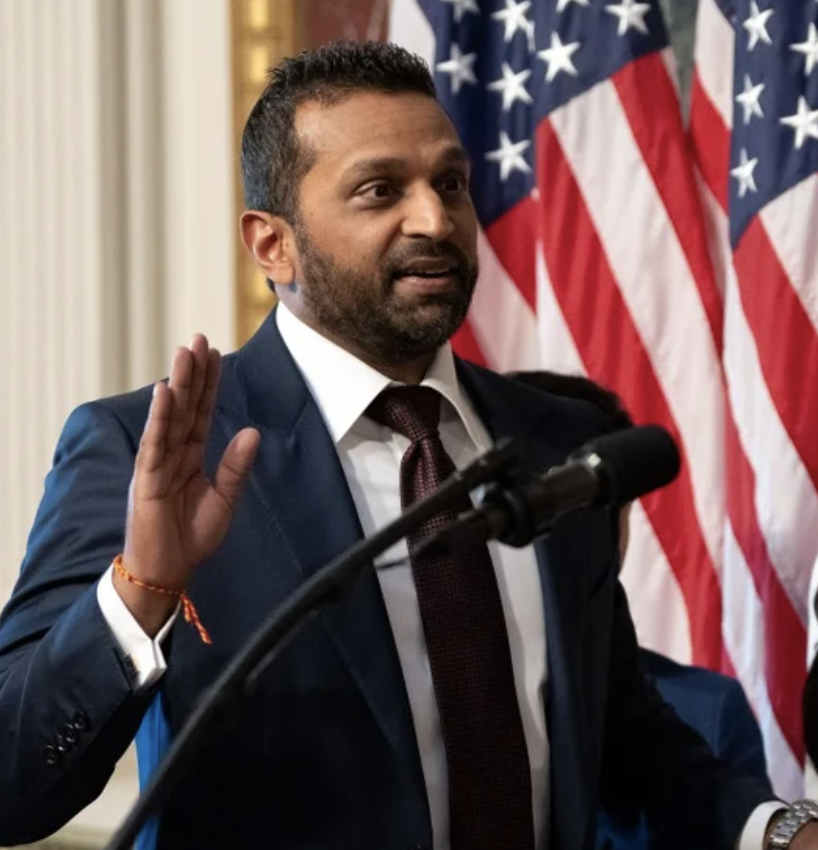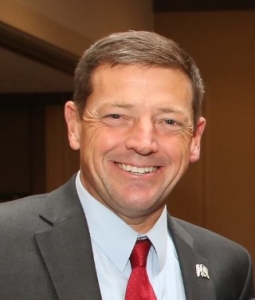By Ross Parker
ticklethewire.com
A young woman from Michigan we will call Janice started using heroin in her early 20s. Her family stuck by her and financed several rounds of rehabilitation. Each of these was followed after a short period of time by a relapse and her family or friends rushing Janice to a hospital emergency room when she overdosed. Each time the ER docs were able to stop the overdose and stabilize her.
Then one night Janice shot up with what she thought was heroin but which had such an immediate effect that she went into respiratory arrest with the syringe still in her hand. The people she was with called 911 but could do little else. By the time she got medical help, it was too late and she died during the EMT transport.
Last week this column focused on the deadly effects that fentanyl-heroin combinations were having on opiate addicts in Canada and the United States. Since fentanyl is 30 to 50 times more potent than heroin, dealers are lacing low quality heroin with it to boost the effect without revealing this to their customers. Plus fentanyl is accessible and not expensive. Much of the fentanyl is obtained through prescription drug abuse from patients who are supposed to use the drug to combat serious pain, for example from cancer. The result has been deadly.
There is a drug that could save hundreds of lives of overdosing users. Its use in scattered projects and medical facilities around the country demonstrates that it is safe, effective and easy to administer. The problem is a lack of public education, resources and facilities with access to the life saving drug.
Naloxone Making a Difference
Naloxone blocks opioid receptor sites in the CNS, especially those in the brainstem which affect respiratory effort. It does not cure an overdose. What it does is enable the overdosing person to breathe for long enough to get her/him to medical facilities where their breathing can be secured more permanently. With the latest generation of fentanyl-heroin overdoses, this extra half hour or hour can mean the difference between life and death.
In a recent issue of the Journal of the American Medical Association, writer Bridget Kuehn described a project where the Naloxone is making a significant difference. Northwest North Carolina had the third highest death rate for opiate overdoses in the country. Project Lazarus has cut the death rate essentially in half by a program of providing access to Naloxone treatment kits and training on how to administer it to laypersons who are likely to be the first to observe the overdose.
In most states drug overdoses have become the leading cause of accidental death, passing auto accidents. The Center for Disease Control reports that drug overdose deaths have doubled in recent years, due in large part by the vast increase of prescription drug abuse of painkillers. But even this figure is likely to underestimate the present and future danger of overdose deaths from drugs such as Oxycontin and fentanyl which have yet to fully surface in public health reports.
President Obama has recently proposed more drug treatment program funding including money for Naloxone programs such as those currently in operation in such cities as New York, Chicago, San Francisco, and Baltimore. But critics call the proposal too little too late. Particularly in rural areas such as the Appalachians and the Midwest where access to emergency medical care is measured in hours rather than minutes, having a Naloxone kit by family members or someone at the scene can make all the difference.
So what can be done to combat this surge in overdose deaths from fentanyl-heroin combinations, Oxycontin, and other opiates?
First, we have to broaden the access to Naloxone to include those who are likely to be present at an overdose or to be first responders. This should include users or potential users, their family members, and roommates. Police, firemen, EMTs, drug treatment centers and shelters should also have the kits.
Second, drug treatment programs need more resources. It isn’t enough to just slide a funding proposal into the health budget. The President and Congressmen need to speak out and make a comprehensive strategy a priority.
Third, state legislation is needed to remove some of the legal and regulatory obstacles which make physicians and others reluctant to make Naloxone available to those who are most likely to be in a position to use it.
Fourth, law enforcement has an important role in deterring overdose deaths. Every time a person suffers an overdose, there is a seller, perhaps a chain of sellers, whose only motivation is greed. These death merchants need to be pursued with all possible resources.
Finally, more needs to be done to combat prescription drug abuse. The costs of this epidemic are thousands of lives lost or harmed, and the financial health costs exceed $100 billion annually. One mechanism which has proven effective is to implement mandatory Prescription Drug Monitoring Programs for doctors and pharmacists. This is an electronic database the keeps track of controlled substances prescribed and dispensed. In most states this program is voluntary and participation rates are well below 50%. In the states where it has been made mandatory, the abuse rates have been dramatically reduced.
Overdose deaths caused by combinations like fentanyl-heroin are a public tragedy. But there are things that can be done to save hundreds of lives if we have the public will to do them.





